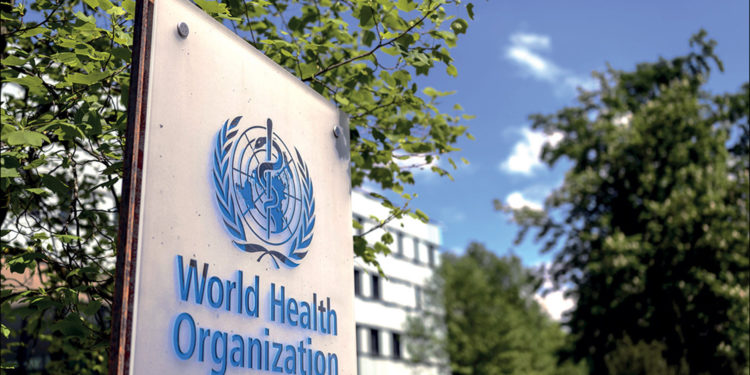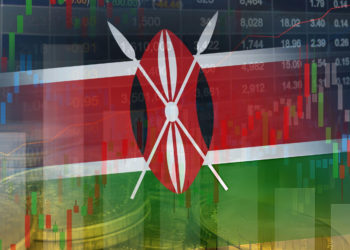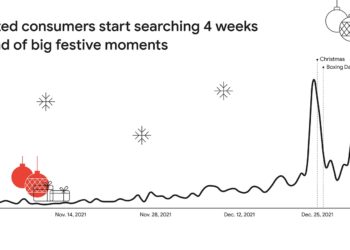The World Health Organization (WHO) has identified what it terms as a mutated COVID-19 variant of interest after infections surged in India.
In a statement released yesterday, the global health body said that due to its rapidly increasing spread, WHO is classifying the variant JN.1 as a separate variant of interest (VOI) from the parent lineage BA.2.86. It was previously classified as VOI as part of BA.2.86 sublineages.
Based on the available evidence, the additional global public health risk posed by JN.1 is currently evaluated as low. Despite this, with the onset of winter in the Northern Hemisphere, JN.1 could increase the burden of respiratory infections in many countries,” WHO added.
However, WHO is advising people to take measures to prevent infections and severe diseases using all available tools, including wearing masks in crowded, enclosed, or poorly ventilated areas, keeping a safe distance from others, improving ventilation, practicing respiratory etiquette, regularly cleaning hands, and staying up-to-date with vaccinations against COVID-19 and influenza.
WHO is also calling for universal masking within facilities, as well as appropriate masking, respirators, and other PPE for health workers caring for suspected and confirmed COVID-19 patients, as well as improvement of ventilation in health facilities.
“COVID-19 is not the only respiratory disease circulating. Influenza, RSV, and common childhood pneumonia are on the rise.” WHO added
According to the WHO, current vaccines continue to protect against severe disease and death from JN.1 and other circulating variants of SARS-CoV-2, the virus that causes COVID-19.
Earlier this year, WHO declared the COVID-19 pandemic, which for over three years had killed millions of people, wreaked economic havoc, and deepened inequalities across the globe.
Considered a Variant of Interest, JN.1 is a descendant of the BA.2.86 variant (commonly referred to as Pirola). It is not entirely new globally; its first case was detected as early as January this year, and it has since been found in the US, some European countries, Singapore, China, and now India.
While Pirola possesses over 30 spike protein mutations, JN.1 has one additional mutation, totaling 31. Such mutations on the spike protein are crucial as they facilitate the virus’ entry into human cells. This very reason sparked fears of JN.1 spreading rapidly, but that hasn’t happened so far.
JN.1 reportedly shares some characteristics with earlier Omicron strains, such as high transmissibility and mild symptoms.
According to initial reports from infected individuals, JN.1 symptoms include fever, runny nose, sore throat, headache, and, in some cases, moderate gastrointestinal problems. Certain patients may also experience breathing difficulties. The symptoms generally improve within 4–5 days.
So far, Kenya has administered over 24 million COVID-19 vaccines and has reported 5689 deaths due to COVID-19-related complications.


















